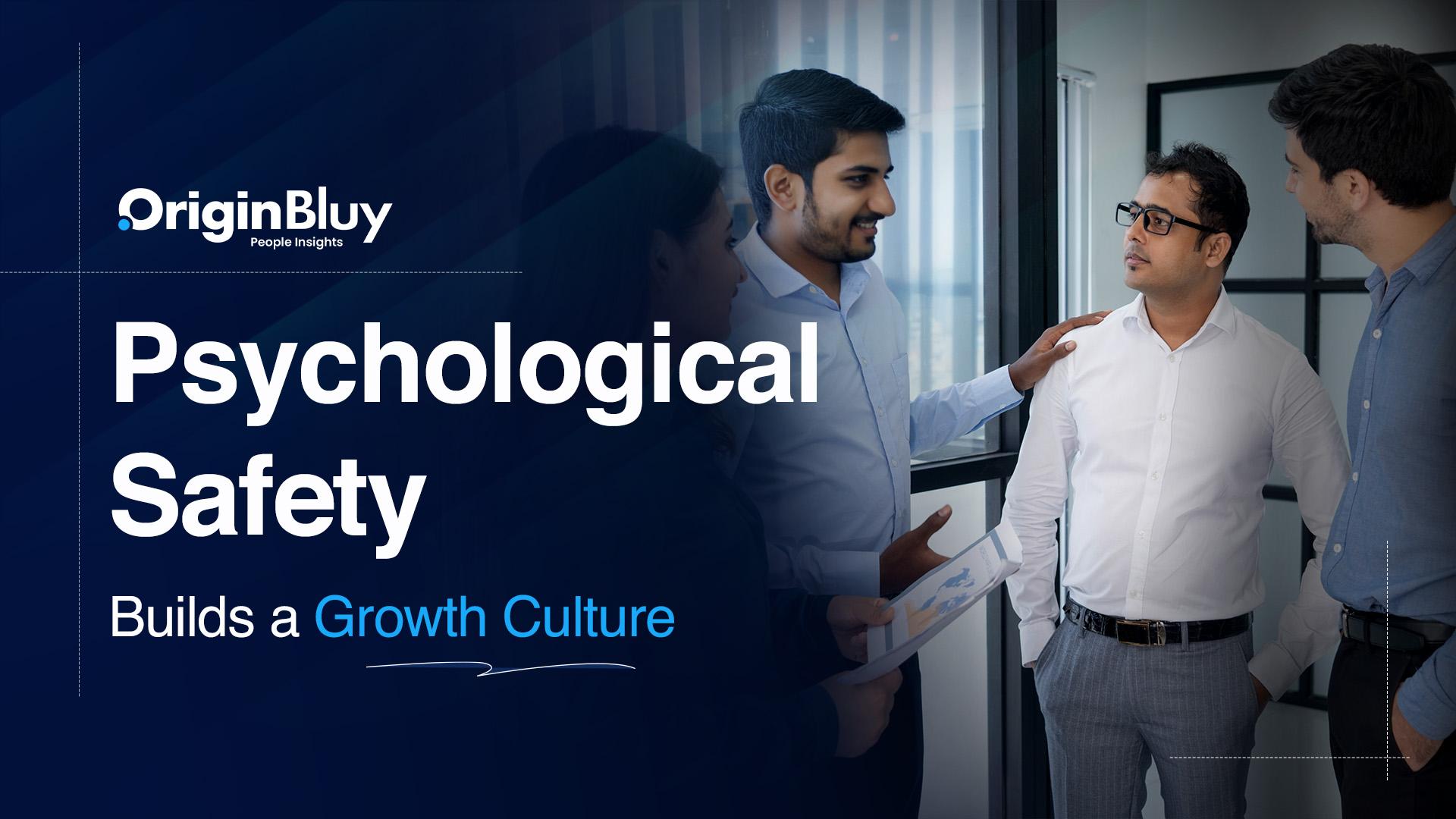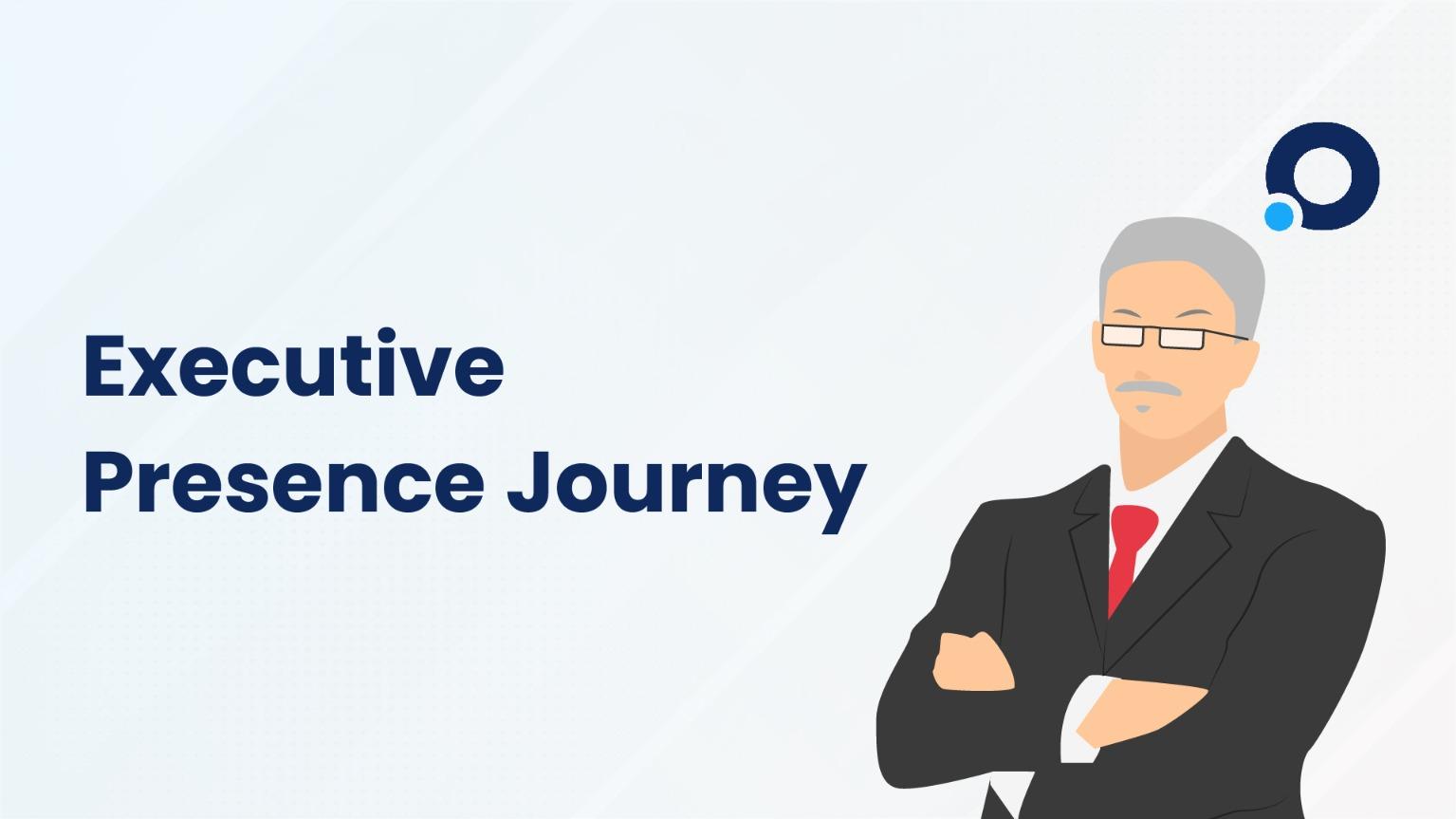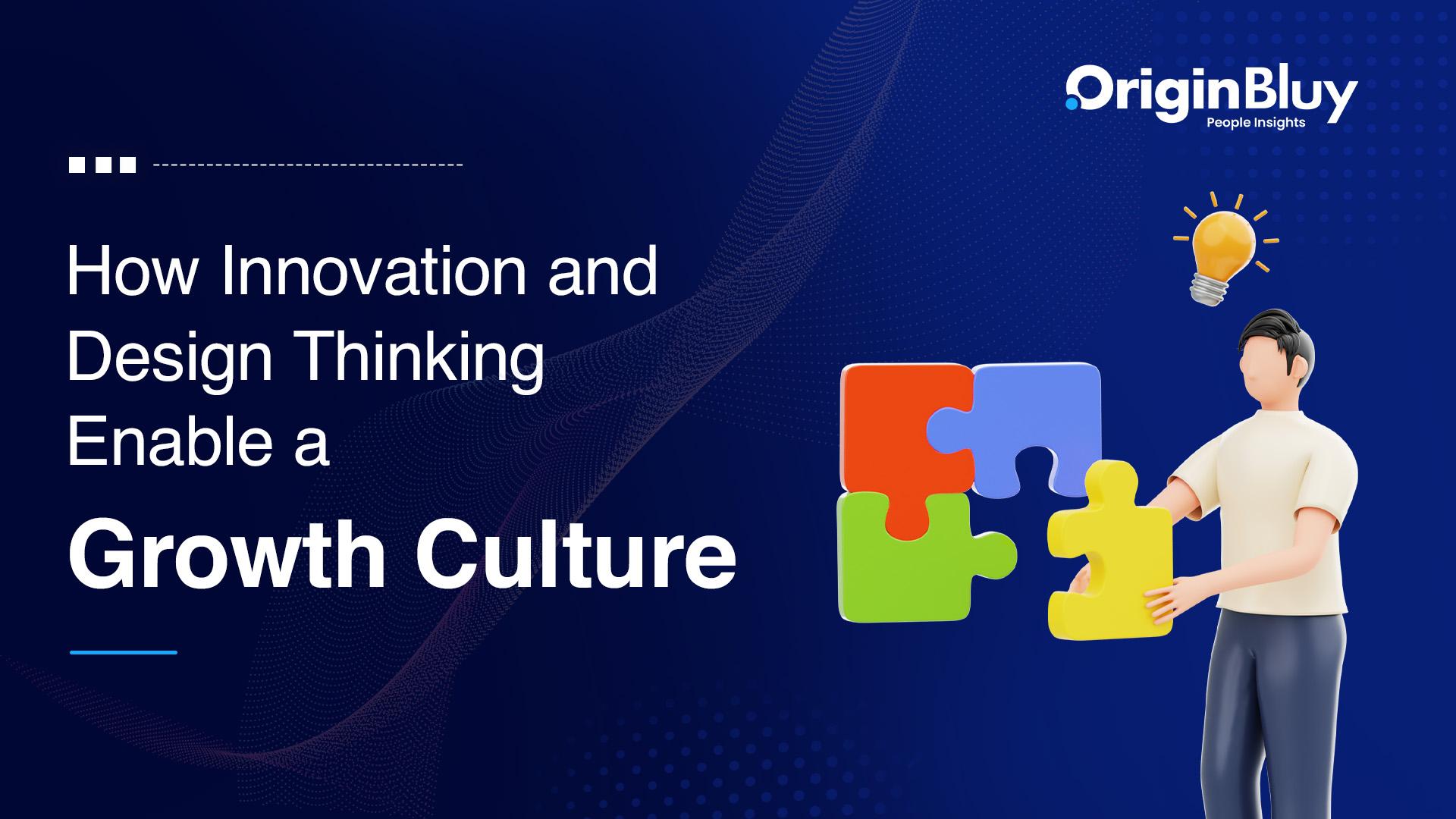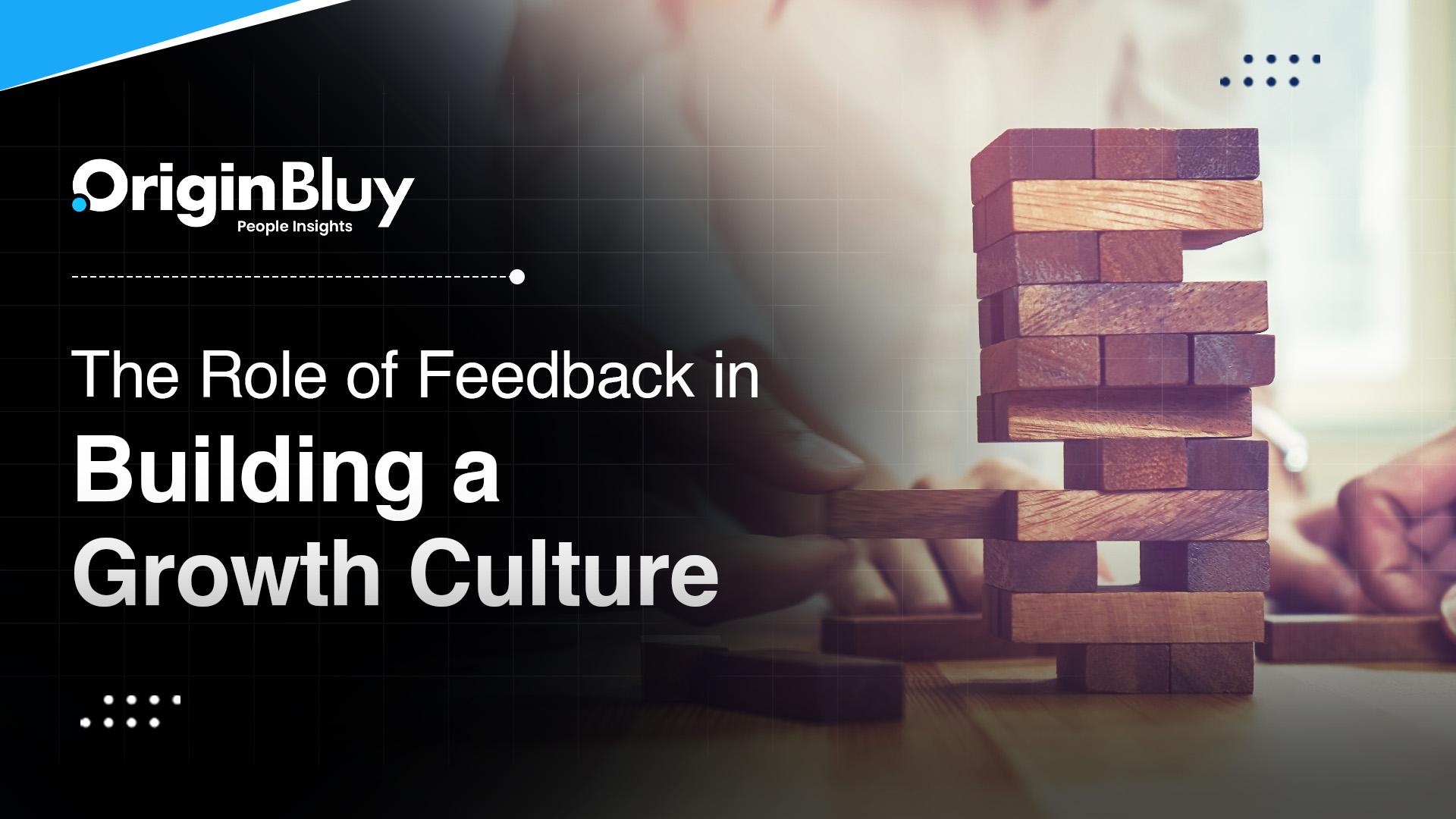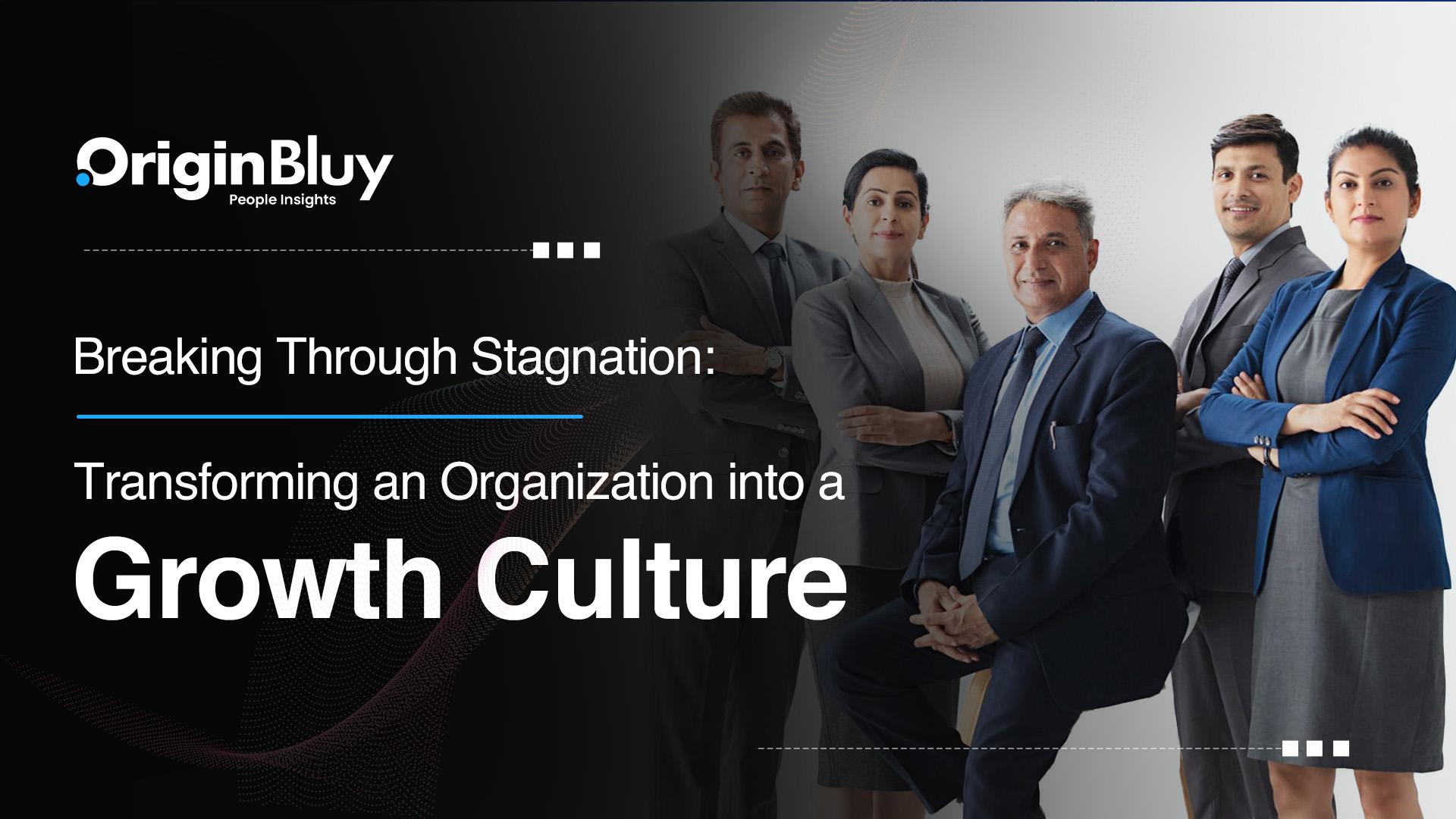The Culture of Silence: A Cautionary Tale
At a fast-growing tech company in Bengaluru, the leadership team was puzzled. Despite hiring top talent and running innovation sprints every quarter, breakthrough ideas had slowed. Projects were delayed, and turnover was rising—especially among high-potential employees.
When asked why they were leaving, most gave polite, surface-level answers. But an internal pulse survey revealed the real issue. People were not speaking up. Psychological safety was missing.
“It felt like saying the wrong thing could cost me my reputation. So I just stayed quiet.”
The result? A brilliant team that had the tools to grow, but not the environment.
Building Psychological Safety, Turning It Around
Recognizing the warning signs, the leadership team partnered with OriginBluy and took the Growth Culture Index™ diagnostic. From that, they began a journey of transformation:
- Weekly Ask Me Anything sessions with leaders.
- Retrospectives ending with “What did we learn from what didn’t work?”
- Feedback rituals like team shout-outs celebrating effort, not just wins.
Within six months:
- Engagement scores improved by 28%
- Idea submissions doubled
- Two new product features emerged from previously unheard voices
What Is Psychological Safety?
Psychological safety is the belief that you can speak up, make mistakes, or challenge ideas without fear of ridicule or punishment. Coined by Dr. Amy Edmondson, it’s foundational to trust, learning, and innovation at work.
- Failure is feedback
- Curiosity is encouraged
- Respect is mutual
Why Psychological Safety Fuels Growth Culture
- Innovate faster by testing bold ideas
- Speak up early when problems arise
- Collaborate better across silos
- Learn continuously—even from failure
Psychological Safety vs. Fear-Based Culture
| Growth Culture (High Psychological Safety) | Fear-Based Culture (Low Psychological Safety) |
|---|---|
| Feedback is open, honest, and regular | Feedback is rare or fear-driven |
| Mistakes are shared as lessons | Mistakes are hidden to avoid blame |
| Innovation is bottom-up and top-down | Innovation is leader-only or stagnated |
| Employees feel ownership and trust | Employees play it safe and stay silent |
How to Build Psychological Safety
- Model Vulnerability: Admit mistakes to encourage learning at all levels.
- Reward Speaking Up: Recognize feedback and encourage different opinions.
- Set Safety Rituals: Begin meetings with emotional check-ins.
- Use Feedback Loops: Show how feedback is received and implemented.
- Train for Courageous Conversations: Equip teams with constructive dialogue tools.
How the Growth Culture Index™ Measures Psychological Safety
At GrowthCultureIndex.com, psychological safety is a core dimension of our diagnostic. We assess how teams experience:
- Freedom to challenge the status quo
- Trust and collaboration across functions
- Leader support during experimentation
Final Thoughts
Psychological safety isn’t a soft skill—it’s a hard edge for growth.
- It transforms quiet rooms into innovation labs.
- It turns mistakes into movements.
- It helps people grow—so your business can too.
👉 Ready to assess where your culture stands?
Take the Growth Culture Index™ Diagnostic today and unlock the true potential of your people.












